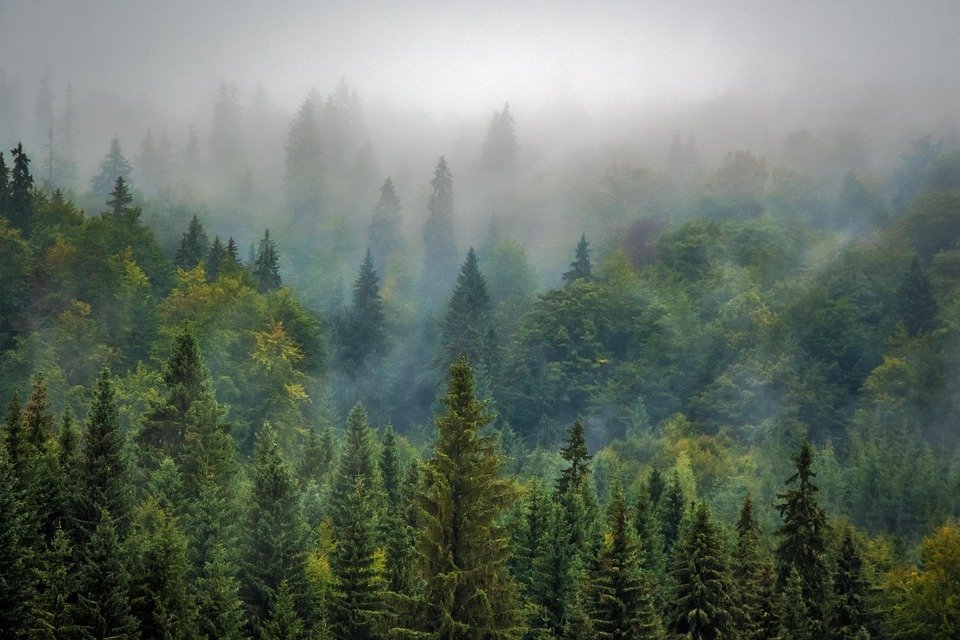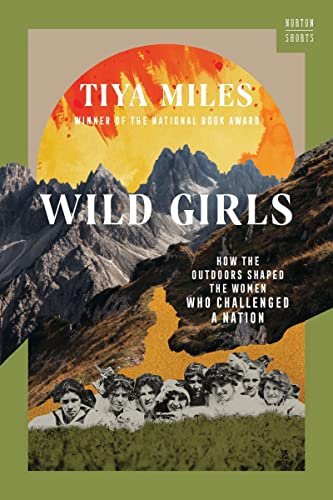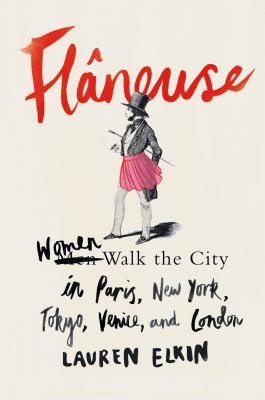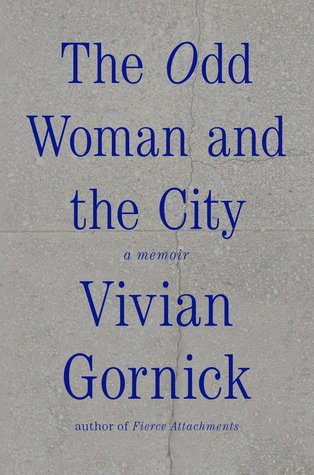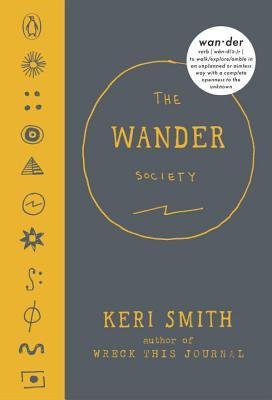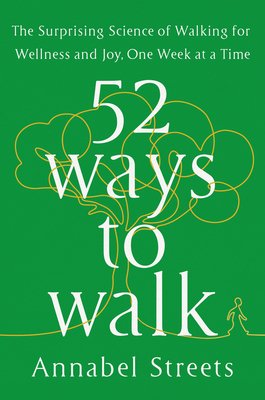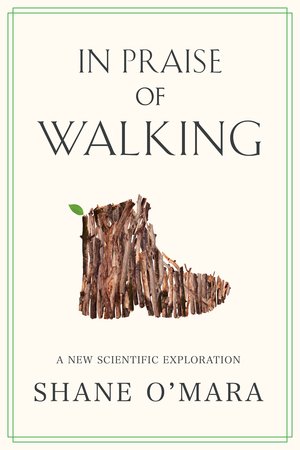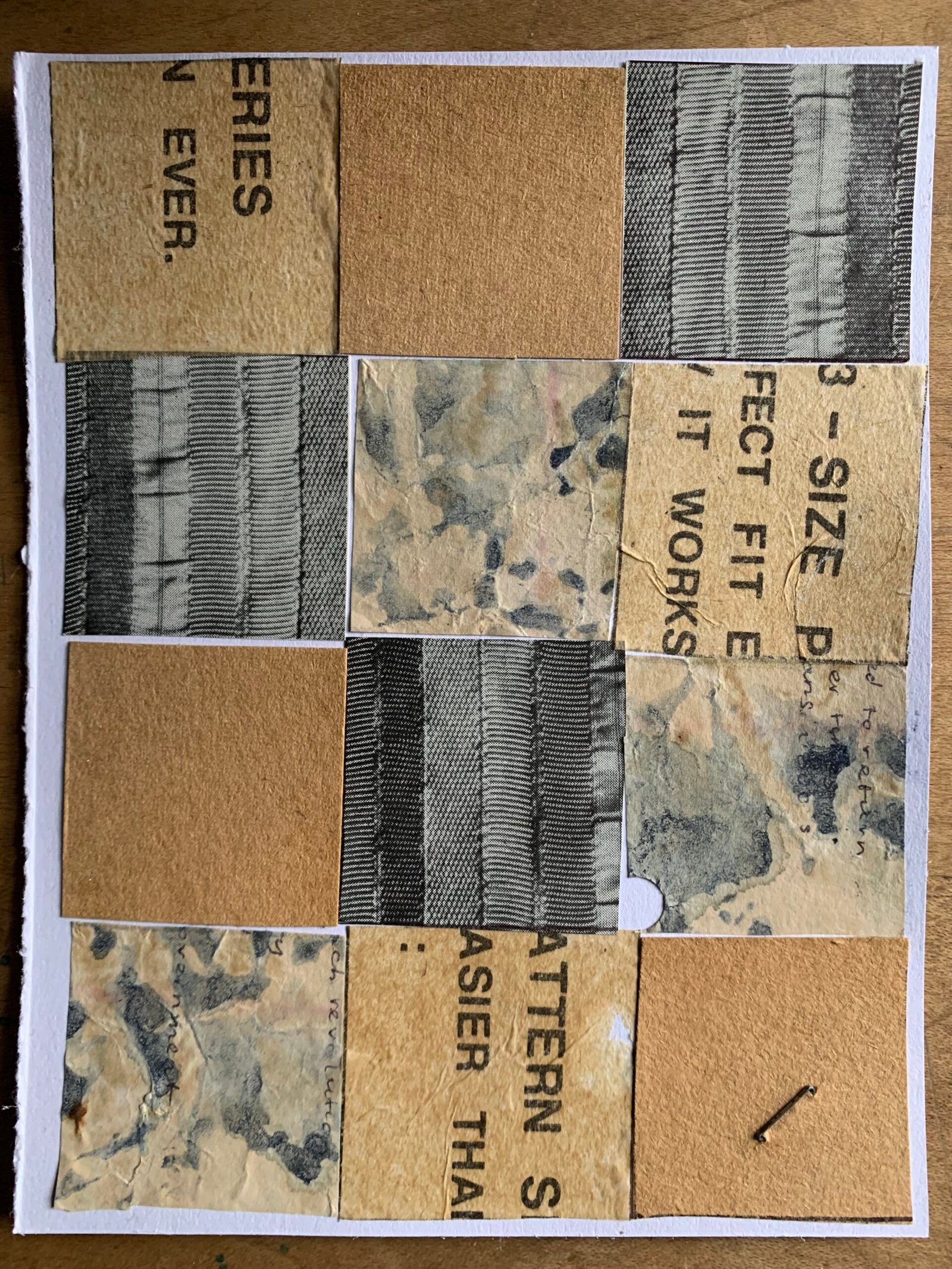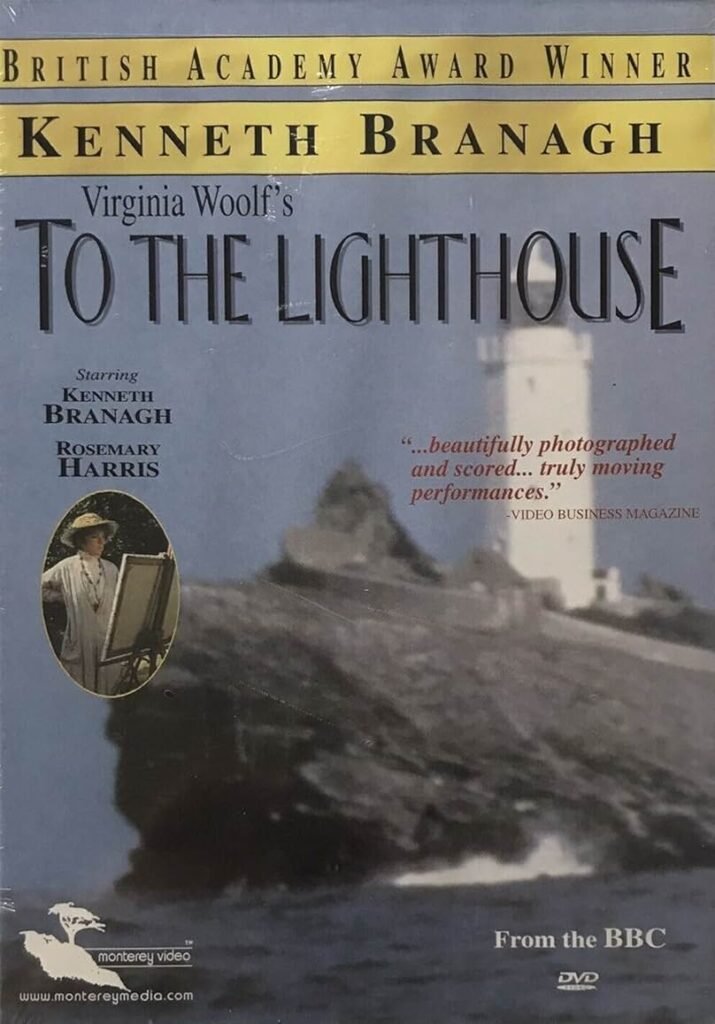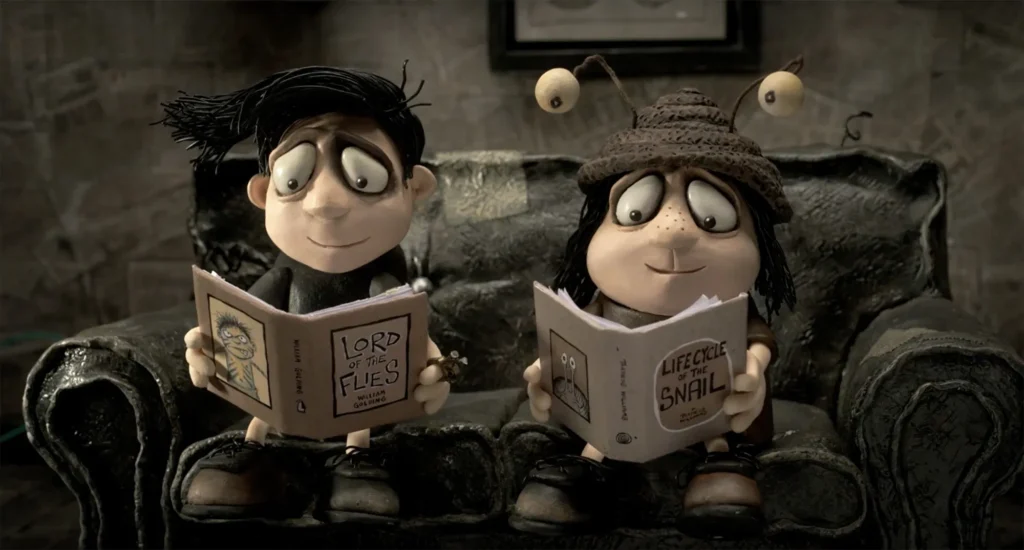by Public Service Associate Juliana
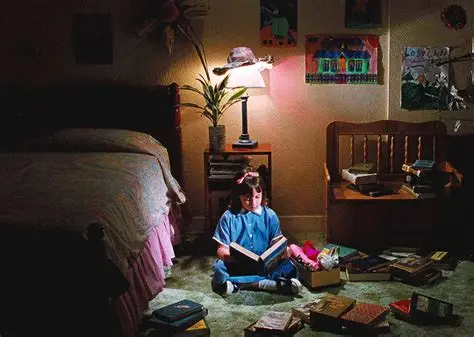
Matilda is a movie for library lovers. The little protagonist LOVES books. She LOVES to read. She LOVES her public library! The film came out in 1996, and I remember watching it for the first time and absolutely longing to be able to walk to the library like she does. To fill a little red wagon full of books and pull it home is the stuff of dreams — and maybe part of why I ended up working at a library. Wish fulfillment.
So, I was thrilled when my five-year-old niece picked Matilda for our summer movie night. Age five is a magically fun age to be obsessed with Matilda because Matilda is around five years old in the film. And there are plenty of other reasons why it’s an excellent movie night choice:
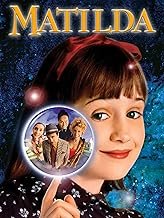
- Page-to-screen! You can read Roald Dahl’s children’s novel of the same name. The film is praised for being faithful to the novel.
- Roald Dahl’s bio is very interesting! According to Good Reads, “Roald Dahl was a spy, ace fighter-pilot, chocolate historian, and medical inventor. He was also the author of Charlie and the Chocolate Factory, Matilda, The BFG, and many more brilliant stories. He remains the World’s No. 1 Storyteller.” Wow! So cool!
- Matilda’s red headband is iconic! Kick your movie night up a notch and have everybody wear one on watch night!
- The film features so many fun food options! She has tea and cookies with Miss Honey, Miss Trunchbull has a box of fine chocolates, she feeds herself Cheerios with her brain powers and flips that baby carrot back at her brother. Oh, and she makes pancakes for herself when she’s four.

Movie Night Menu Ideas:
- Matilda’s pancakes
- Wormwood TV dinners
- Baby carrots + veggie dip
- Miss Honey’s iced tea
- gummy (book)worms
- Chocolate cake (obviously)
Additional Fun Resources:
- Matilda themed wordsearch, maze, and writing practice sheets| Free Printable Resources for Roald Dahl’s Matilda | Diary of a First Child
- Matilda themed bookmark activity, coloring pages, and more| Roald Dahl Printables and Activities | Brightly

Be sure to keep a time slot open the next day. You will be so eager to go to the library.
May Matilda continue to inspire us with all her bookish ways 🙂
